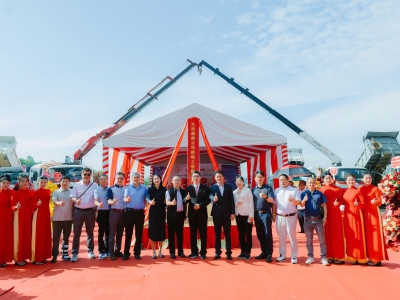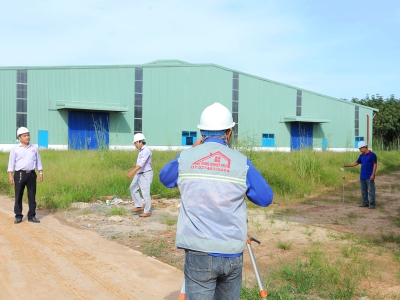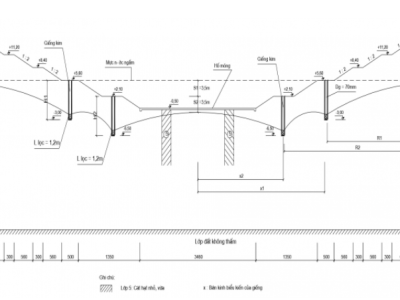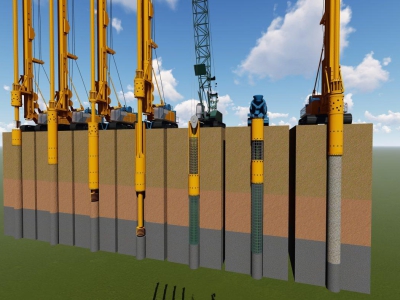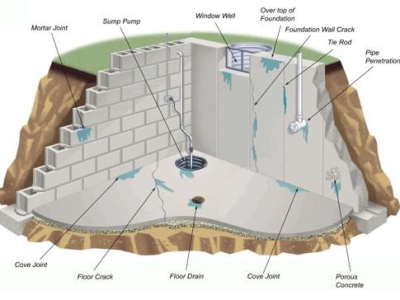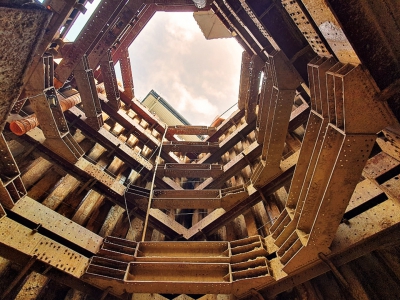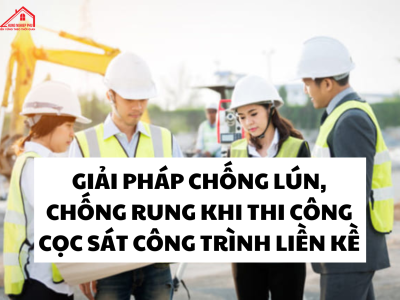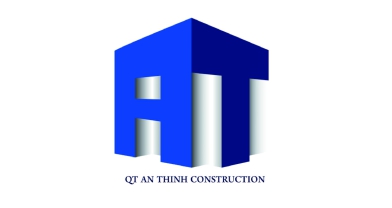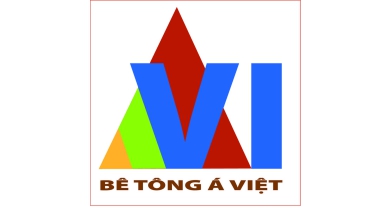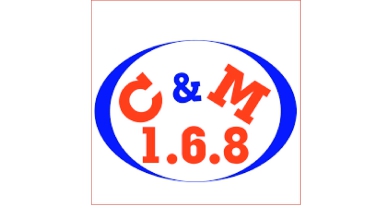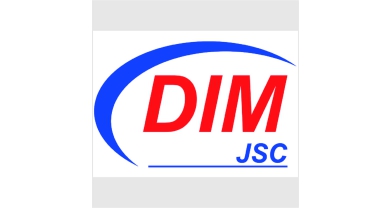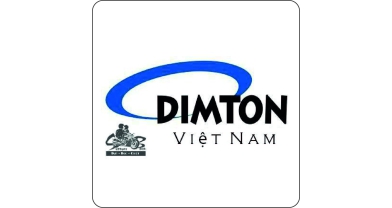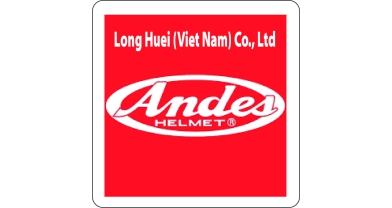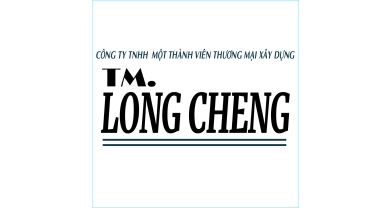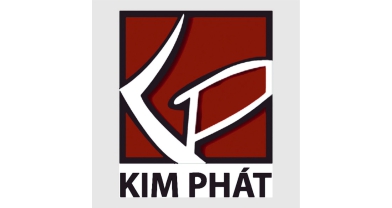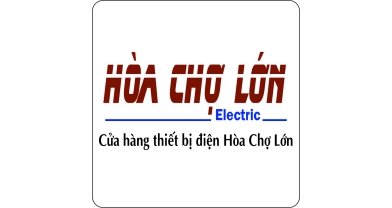SAFE AND EFFECTIVE METHODS FOR PULLING ELECTRICAL CABLES
How to safely pull electrical cables is a question of many construction units that do not have many years of experience in the construction field. Let's find the answer in the article below with Hung Nghiep Phu!
1. Preparation before construction
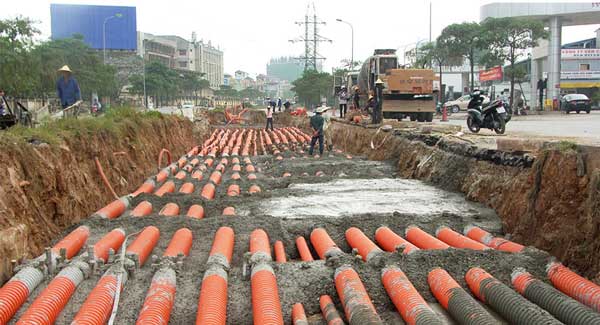
Trước khi thi công chủ đầu tư cần tổ chức bàn giao mặt bằng thi công giữa các bên.
The construction unit must carry out preparation work before carrying out cable pulling construction measures. This not only ensures the safety of the project but also keeps people living near the project safe.
Preparation steps before construction may include:
- Before construction, the investor needs to organize the handover of the construction site between the parties. The handover of the site and cable route helps the contractor avoid digging cable trenches into the investor's construction planning area.
- The contractor conducts research on technical design documents; conducts survey and measurement of the cable route before construction.
- Proposes reasonable, fast and safe construction solutions and calculates risks (if any).
- Prepare materials, tools and construction equipment for each culvert construction location.
2. Underground cable trench digging
This step can be done by machine or by hand. When digging a trench, you should divide it into sections and clean up as you dig to avoid affecting traffic or causing safety hazards.
2.1 Before digging the trench
-
Determine the location and size of the trench to be dug.
Determine the location and depth of other underground structures through available data or refer to the records of the management unit of these underground structures.
A positioning device can be used to accurately determine the cable or metal pipe below. Or you can dig by hand to detect the cable route.
Determine the width of the trench to determine the number of underground cable protection pipes to be placed.
2.2 Trenching by machine
- Machines are used to dig trenches if the soil and terrain conditions are not too complicated
- After ensuring that there are no power cables underneath, machines can be used to dig. In case there are power cables underneath, manual digging is required.
- Regularly check that the cable line is dug straight and the bottom of the trench is flat for easy pipe placement. Especially in places where it is not possible to dig straight, it is necessary to ensure that the curvature of the pipe and the curvature of the cable are still within the allowable limits.
2.3 Manual trenching
- Manual trenching is used when the trench is near another underground power line or the terrain and soil conditions are complex and cannot be dug by machine.
- The manual trenching process is similar to that of machine digging, except that instead of using a machine, a shovel or crowbar is used to dig.
3. Install plastic cable protection strip
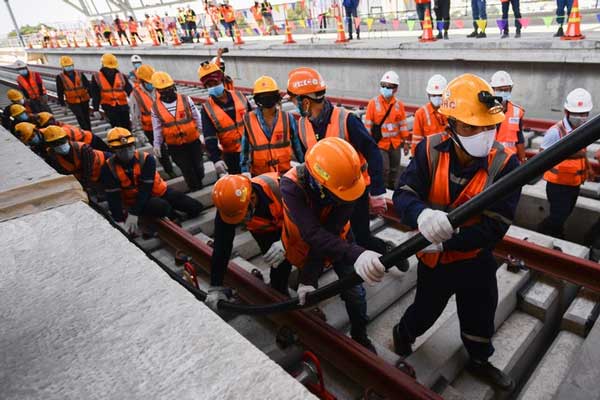
Đơn vị xây dựng phải lựa chọn ống nhựa gân xoắn HDPE uy tín.
After having a trench that meets the technical requirements, the construction units proceed to install the plastic pipe to protect the cable.
First, the construction unit must choose a reputable HDPE corrugated plastic pipe. Next, to avoid the pipe being twisted, the construction unit pulls from the end of the pipe, not using the entire roll of pipe to roll it. The construction unit minimizes the cutting of plastic pipes during construction
The pipes are laid down in the trench, so they should be marked at both ends to make the cable pulling faster and the two ends should be sealed to prevent soil or animals from getting inside.
4. Cable trench backfilling work
The soil and sand used to fill the cable trench must not contain gravel, broken bricks or sharp iron that can damage the cable protection pipe. The material used to fill around the pipe must be of a type that does not corrode the pipe. Specifically:
- The soil and sand used to fill around the pipe must be completely compacted without leaving any voids.
- When laying cables in weak soil areas, appropriate measures must be taken to treat the soil.
5. Construction of electrical cable pulling and conduit in protective tube
Prepare and check the cable:
- Equipment: trucks, lifting equipment, pulleys, winches, force gauges.
- Check the cable with the naked eye, if the cable is cracked or damaged, the cable ends are not well protected, the cable should not be used.
- Number and mark each cable roll after measuring to facilitate cable distribution during construction.
- Test the cable with a continuity meter and an insulation meter; to ensure that the cable is not broken or the insulation is not cracked.
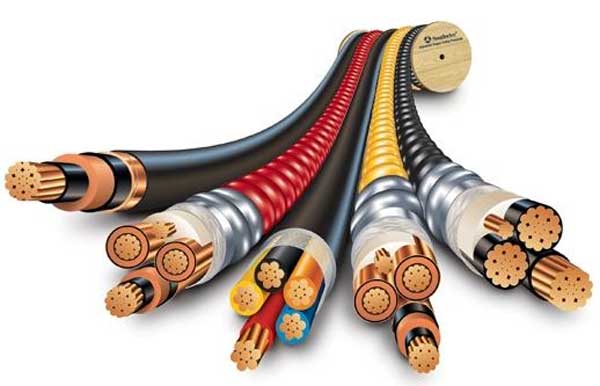
Hình ảnh dây cáp điện
Cable out, electric cable pulling:
- Calculate the tension and length of the copper cable.
- Determine the pulling speed.
- Cable pulling can be done by hand or by cable winch.
- The cable is pulled out of the cable protection tube or cable trench by winch or motor vehicle. If the pulling force is large, the tension can be reduced when pulling the cable; by using the hand to rotate the bobbin in the pulling direction.
- Place rollers at the mouth of the cable tank to protect the cable sheath; when putting the cable from the bobbin into the sewer.
- Use a gasket at the mouth of the sewer to avoid damaging the outer sheath of the cable.
Check the cable after installation:
- Check the length of the installed cable, the length of the reserve cable for acceleration.
- Use a multimeter to measure the continuity of the cable; and measure the insulation resistance of the cable again to ensure that; the cable is not damaged during pulling.
6. Introducing a reputable design & construction consulting service provider
The importance of construction units is undeniable, their reputation will ensure the quality and aesthetics of your project. Currently, there are many units providing design and construction services to meet the increasing construction needs in our country. Therefore, finding a reputable unit is not easy and requires you to spend time researching. In the selection process, you need to research carefully and ensure that the accompanying unit must have high expertise, many years of experience, have a clearly signed contract, transparent costs, ... To help customers save time searching, Hung Nghiep Phu Construction Investment Co., Ltd. is confident that it will be the best choice for you.

Hung Nghiep Phu Construction Investment Co., Ltd. with the mission of providing the best solutions and services, building a prosperous community with customers, Hung Nghiep Phu is gradually affirming its brand through sincere cooperation, with a leadership team with ethical capacity, creativity, high expertise and strategic vision. Hung Nghiep Phu owns a team of skilled, highly qualified employees who will bring customers the best quality technology.
Hung Nghiep Phu Construction Investment Co., Ltd. - specializes in constructing civil and industrial works. We look forward to accompanying customers in construction projects as well as continuous procedures such as planning diagrams, applying for construction permits, completing procedures, applying for fire prevention and fighting certificates, ... If you have any questions or are in need of design, completing procedures, please contact us immediately for free consultation!
>>> See more:
_____________________
CONTACT INFO:
![]() Facebook: Công ty TNHH Đầu tư Xây dựng Hưng Nghiệp Phú (興業富)
Facebook: Công ty TNHH Đầu tư Xây dựng Hưng Nghiệp Phú (興業富)
![]() Hotline: 1800.3368 (Miễn phí)
Hotline: 1800.3368 (Miễn phí)
![]() Website: xaydunghunnghiepphu.com
Website: xaydunghunnghiepphu.com
![]() Gmail: kinhdoanh01@xaydunghungnghiepphu.com
Gmail: kinhdoanh01@xaydunghungnghiepphu.com
![]() Address: No. 2034D, Group 22, Phuoc Thai Hamlet, Thai Hoa Ward, Tan Uyen City, Binh Duong Province
Address: No. 2034D, Group 22, Phuoc Thai Hamlet, Thai Hoa Ward, Tan Uyen City, Binh Duong Province
------
Source: Compiled from the Internet






